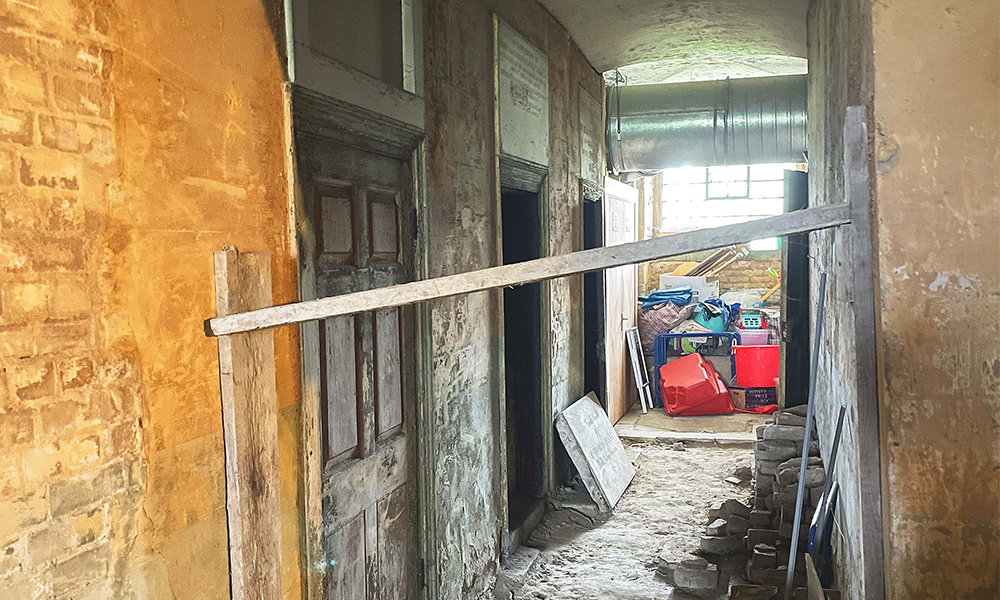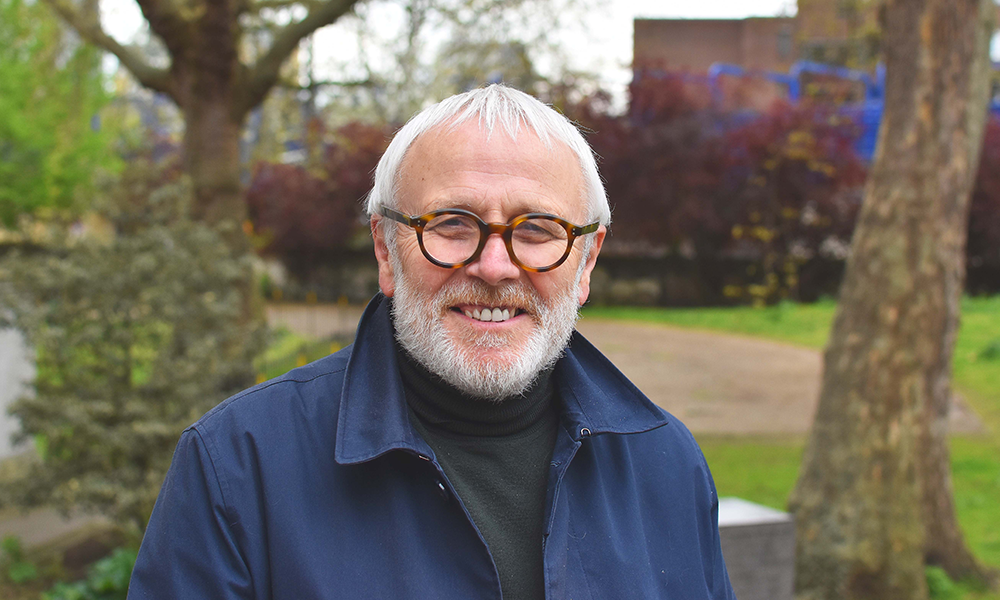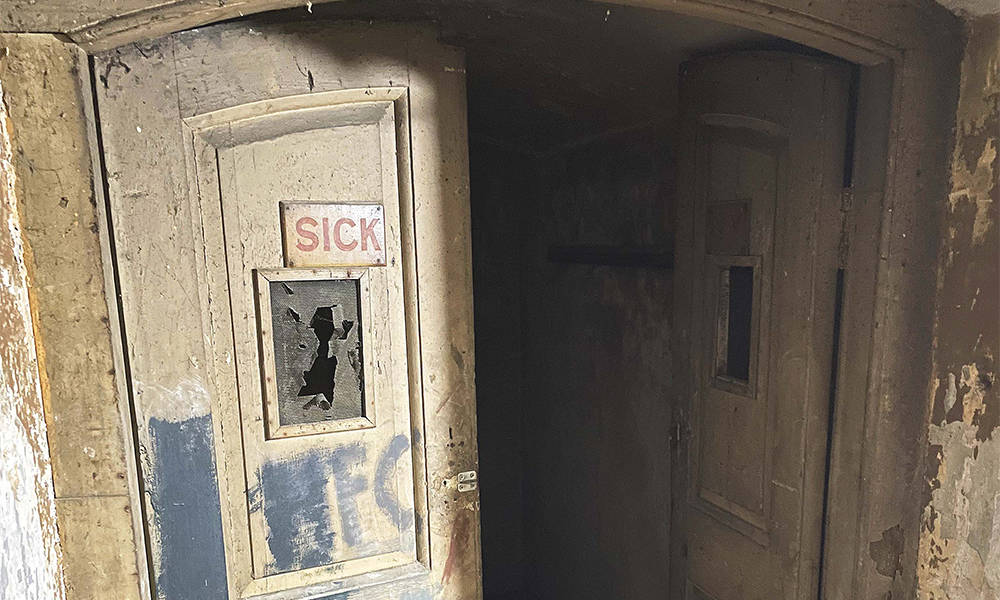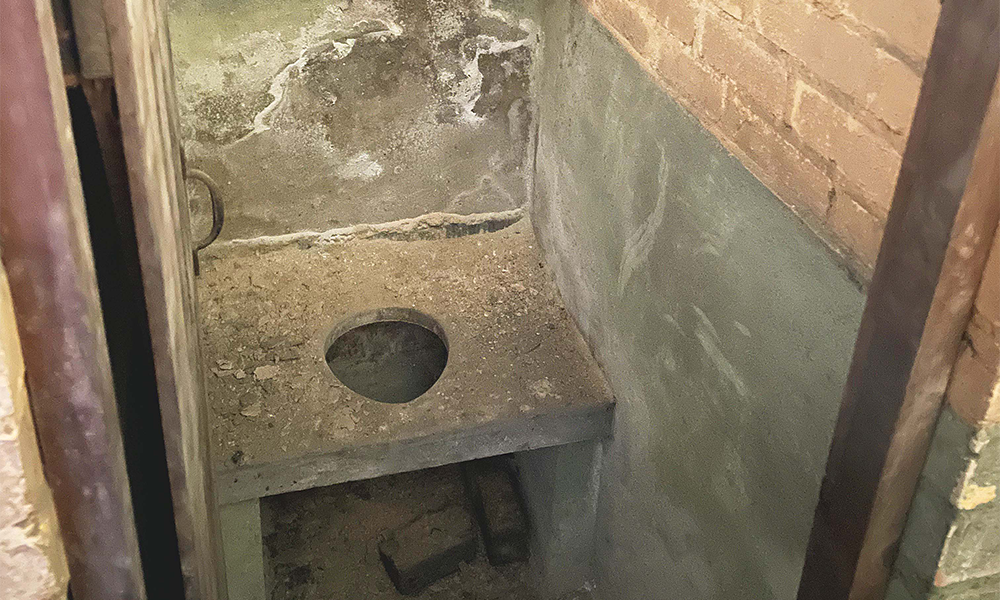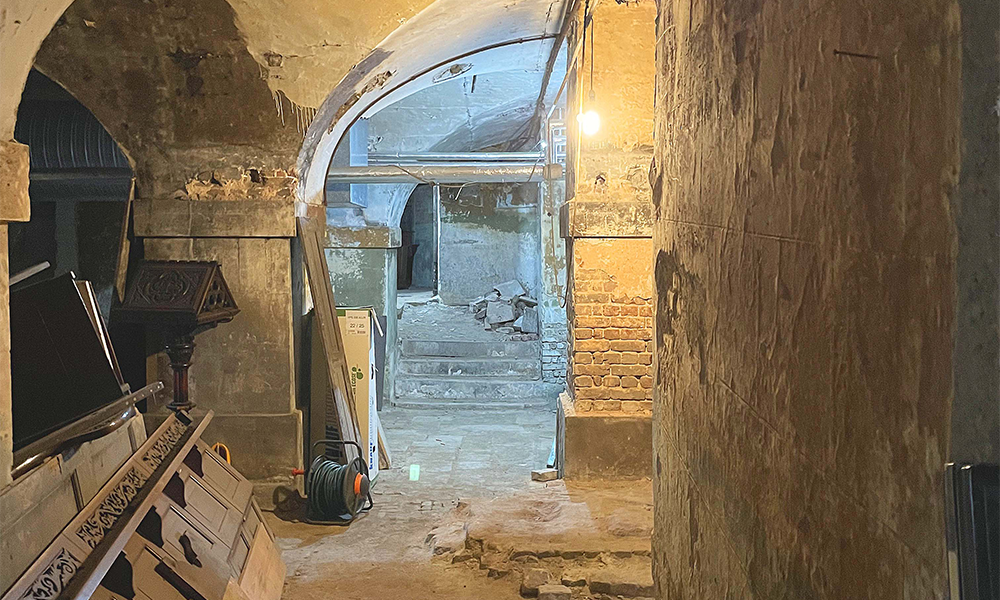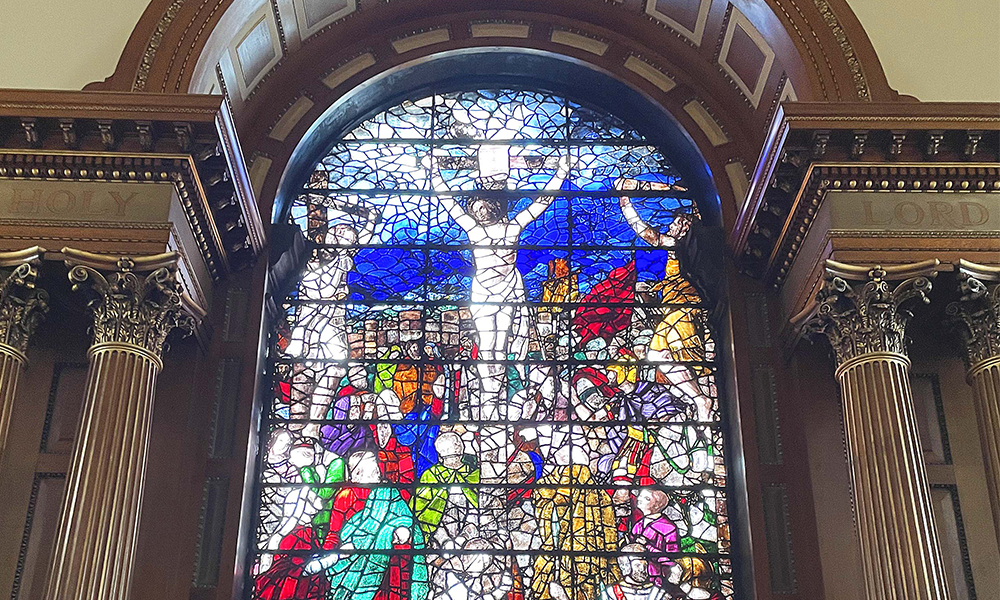Orchestra founder Spencer Down talks learning brass from his granddad and preparing to conduct Handel’s Water Music at the nautical venue
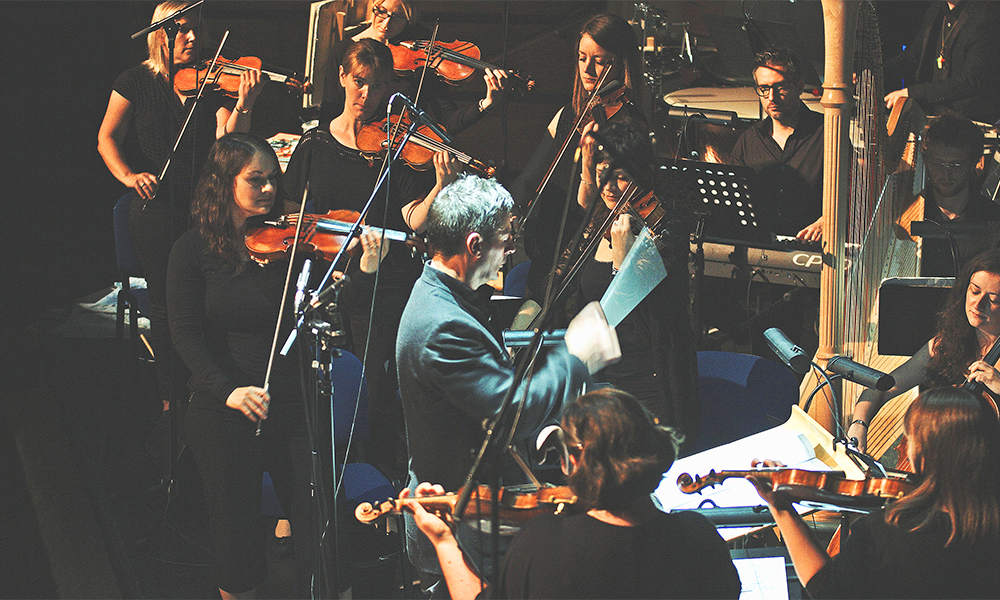
Subscribe to our free Wharf Whispers newsletter here
St Anne’s Church in Limehouse is set to host a programme of events to help raise £3.6million towards the restoration and transformation of the building.
These include the Lonely World Youth Festival (August 31), a performance by the multicultural east London-based Grand Union Orchestra (September 7) and the Thames Festival: Sail Out (September 21) where young people will celebrate the building’s proud Docklands history.
We’re forward planners at Wharf Life, however, and so are looking even further ahead to an evening with St Anne’s resident orchestra, the Docklands Sinfonia on September 28, 2024.
“It’s our home – it’s where we rehearse and it’s been really important for us over the past 15 years,” said Spencer Down, the orchestra’s founder and musical director.
“After our first concert in 2009, we got a call from the BBC to ask if we’d do a programme for them and we ended up playing in the Royal Albert Hall.
“Then loads of things started to happen – we played for the Queen at Buckingham Palace, we did a concert with Katie Melua at the London Coliseum and performed at the Barbican, but it is really important that we remain grounded in this community.”
That’s something especially close to the conductor’s heart, given his journey into music.

from generation to generation
“That was through my granddad – he was a shipwright in the docks and then would play in the working men’s clubs at night,” said Spencer.
“He was a trumpeter and he’d take me and my brother along to the local brass band at Tilbury Docks – they gave us free instruments and got us going.
“I played the trombone and euphonium and my brother the trumpet.
“I started at seven and my granddad and members of the band taught us.
“We made great mates and that’s what kept us going back each week – not just the music, but the social side.
“It was multi-generational. On Sunday nights we would go with my mum and sister and everyone would spend the evening together.
“That ethos was very important when I was setting up the Docklands Sinfonia.
“Until he died, when I was 19, my granddad took us to so many concerts and rehearsals. I think he would be immensely proud.
“If he was here now he’d have been able to sit back, listen and enjoy himself.”
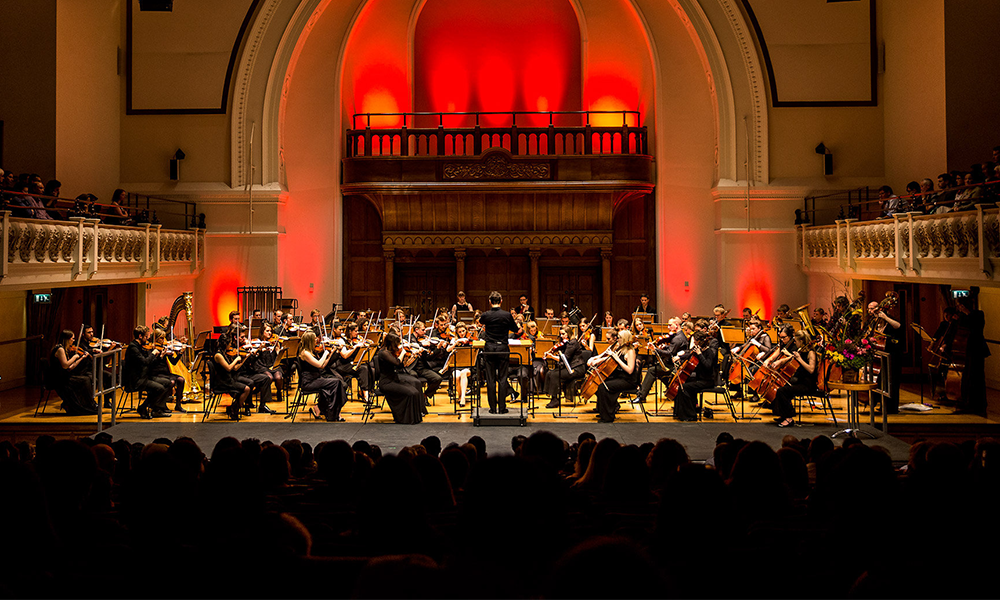
from brass to the baton
After cutting his teeth as a brass musician, Spencer went on to study at the Guildhall School Of Music And Drama in the City.
He eventually specialised in conducting, before embarking on a career at the music college’s junior department that has seen him take charge of various ensembles and co-ordinate its brass operation for the past 25 years.
“I was born in Grays, so it’s always been east London for me,” he said.
“At the time I was thinking about starting the Docklands Sinfonia, I was living on the Isle Of Dogs – a vibrant area that didn’t have an orchestra.
“Setting one up was always a dream and finding St Anne’s was actually down to my wife, Kirsty Walker.
“After our first child was born, we were out walking and went past the church.
“She popped in and came out saying she’d found the place for the orchestra.
“Then, along with her mum, she helped me set it up.
“We met with the vicar and he was very helpful, telling us that they were coincidentally doing work to clear the altar, which would allow us to fit an orchestra in there.
“It was a bit like fate.”
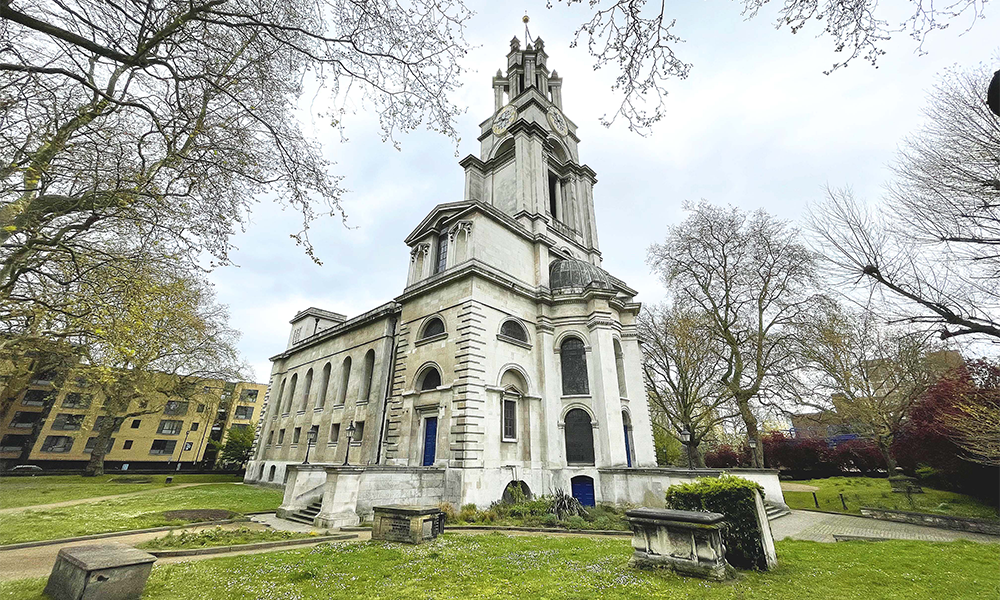
creating the Docklands Sinfonia
“Putting it together was great. I got loads of mates involved – professional musicians and students from Guildhall and Trinity,” added Spencer.
“Over the years we’ve put on all sorts of concerts that have attracted lots of different crowds with film music, sitar concertos and Cuban pieces.
“We were the first British orchestra to do a whole programme of Persian music,
“It’s about playing and understanding music from different cultures.
“Across London there’s a lot of different communities, so it was important for us not to just perform classical pieces that everyone knows.
“Music’s a great way to bring people together – a language we can all understand and enjoy.
“We also want to bring people into St Anne’s so we can help raise the money and make it an even more amazing place.”
To that end, the orchestra will perform Oceans Of Sound: A Nautical Night At The Proms next month.
Spencer said: “The concert is part of the Thames Festival and so we’ll be playing Handel’s Water Music.
“It was written for King George I and was actually played as he went up and down the river on his barge in 1717.
“There was another barge filled with musicians and the story is the Thames was covered in boats with everyone listening to the music.
“The king went from Whitehall Palace up to Chelsea and then back again and is said to have been so pleased with it, the musicians had to play it a further three times.
“We won’t be doing that at St Anne’s.
“There will be other pieces too including Fantasia On British Sea Songs arranged by Henry Wood in 1905 to mark the centenary of the Battle Of Trafalgar.
“It starts off with bugle calls and ends with Rule Britannia.
“There will also be some lighter music including the theme from Pirates Of The Caribbean. It all fits because the church has such strong naval connections.”
key details: Docklands Sinfonia at St Anne’s
Oceans Of Sound: A Nautical Night At The Proms is set to take place on September 28, 2024, from 7.30pm.
Early bird tickets cost £18, rising to £25 for general release. Children’s tickets cost £12.
Docklands Sinfonia will also perform a candelit concert in aid of St Anne’s on October 24 at 7.30pm.
You can also find out more about the Hawksmoor 300 campaign and its efforts to restore St Anne’s and its gardens for the people of Limehouse via this website.
Find out more about the orchestra here
Read more: How Vertus continues to evolve its brand
Read Wharf Life’s e-edition here
Subscribe to our free Wharf Whispers newsletter here
- Jon Massey is co-founder and editorial director of Wharf Life and writes about a wide range of subjects in Canary Wharf, Docklands and east London - contact via jon.massey@wharf-life.com





